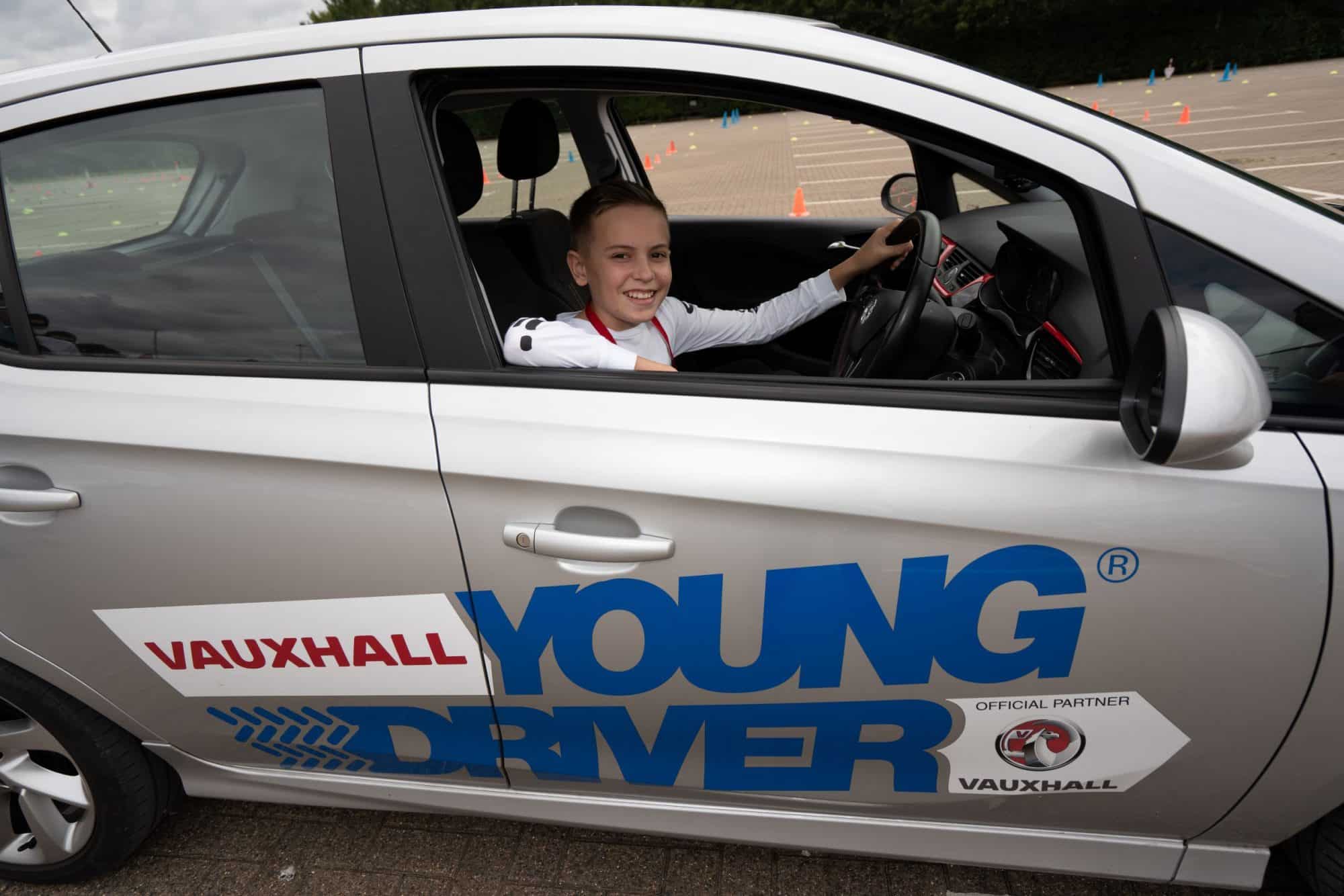It takes 45 lessons for the average learner to pass their driving test. With lessons ranging in price from around £25 per hour up to somewhere around £50 per hour, learning to drive is an expensive thing to do.
Even without the financial element, just the amount of time required for these lessons soon adds up. However, 17-year-old Josh Burford, from Lichfield, managed to come up with a strategy that allowed him to pass his test after just 5 on-the-road lessons and a little over a month after his 17th birthday.



He summed up how he did it in 12 steps:
1. Don’t wait until you’re 17 to start learning to drive
Josh had driving lessons with Young Driver from the age of 10. Because driving lessons take place on private property, they’re completely legal. They take place in dual-controlled cars with qualified instructors, as the aim is to learn in the same way you would at 17. Mock road systems are set up, and there’s other learners practising at the same time, so you get experience of other traffic. Josh had a lesson every couple of months or so, to keep his skills up, meaning that before he even became a teenager he knew how to work the clutch and the gears. As Josh explains: “When I had my first on-the-road lesson at 17, the instructor recommended I put straight in for my test.”
2. Apply for your provisional licence as soon as you can
You don’t need to wait until you’re 17, you can do that from 15 years and nine months. Do it early so there’s no hold-up when you turn 17 as you won’t be allowed to learn on the roads without one.
3. Ask around for recommendations of instructors
Look for an instructor you can build a rapport with and bear in mind some have very long waiting lists. It is worth contacting them a few months before your 17th birthday to enquire.
4. Practice makes perfect
Josh explains: “In the 50 days between turning 17 and taking my test I practised with my parents when it was possible, just on day-to-day journeys we would have been making anyway. If they were taking a trip to the shops, I drove. It might only have been 10 minutes, but it all helps. And it meant I had to keep practising parking!”
5. Book your theory test as soon as you can – and make sure you prep for it
You can take your theory test at 17 as long as you have a provisional licence. Josh passed his theory test nine days after his 17th birthday. Josh said: “Get the Highway Code and start reading it at least three months prior to your theory test. Do a little bit when you can, here and there. Also, use an app with theory test practice exams and hazard perception tests too.”
6. Pay attention as a passenger
It’s easy to zone out in the car or look at your phone. But pay attention and ask questions. Look at lane discipline and get a feel for roundabouts and more complicated road systems.
7. Book your test as soon as the instructor says you’re ready
You will need to pass your theory test first though. When Josh first applied for his driving test, he couldn’t get one for five months – which he booked so he knew he had it in the diary if all else failed.
8. Use an app to monitor for driving test cancellations
Josh used a paid-for app called Testi which issues alerts for cancelled tests. His directly booked test wasn’t until November, but after booking one in August via Testi, he then managed to get one in July, which he took and passed.
9. Do your test somewhere you know
Josh recommends being somewhere you know: “There are reports that people are travelling the length and breadth of the country to find an earlier test. However, I wanted to be somewhere where there was a likelihood I would know the roads. Travelling hours away would have added to my stress levels.”
10. Spend some time getting to know your car
Are you confident about putting on the lights, windscreen wipers and so on? You may be asked to show these in the test and you want it to be as automatic as possible.
11. Use YouTube to help you prep
Josh explains: “I watched YouTube videos on the driving test routes near to me, so I could familiarise myself with them. Sometimes I went and drove them, other times I just watched a video. I think it helped me to stay calm in the test as it seemed a little more familiar, even though mine ended up being one I’d just watched online.”
12. Don’t panic
Josh’s final advice is about keeping your cool. He said: “If it feels like it’s all going wrong, don’t panic. It doesn’t mean you’ve failed – and if you have, use it as experience. You’ll know more about what to expect next time round.”

Leave a Reply
You must be logged in to post a comment.